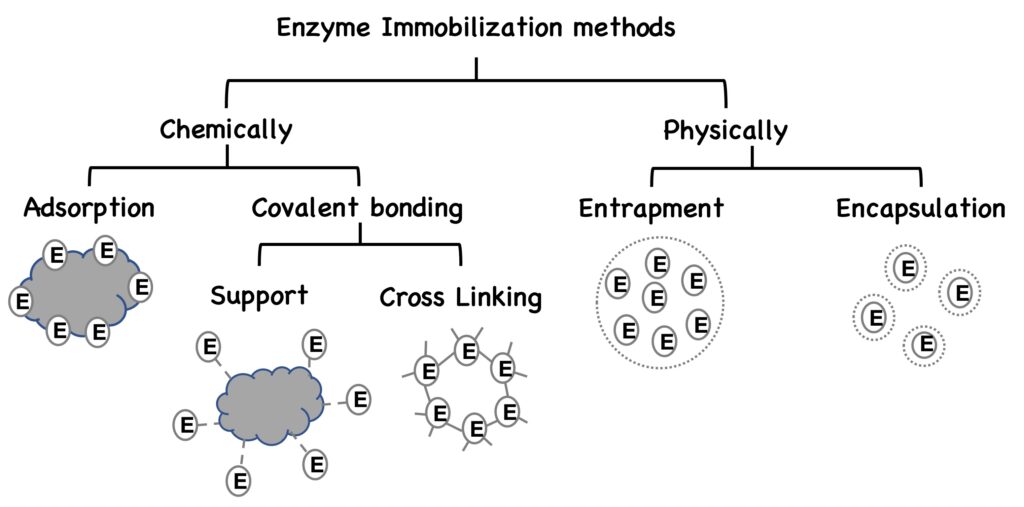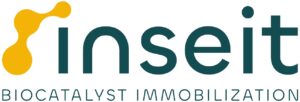Enzyme immobilization
Enzymatic immobilization has been at the forefront of applied biocatalysis as it enables convenient isolation and reuse of the catalyst if the target reaction is conducted in batch, and it has opened up significant opportunities to conduct biocatalysis in continuous mode. Over the last few years, an array of techniques to immobilize enzymes have been developed, spanning from covalent multipoint attachment to noncovalent electrostatic strategies to rational architecture to suitably orient the enzyme(s). New materials have also been adapted to support biological catalysts.




